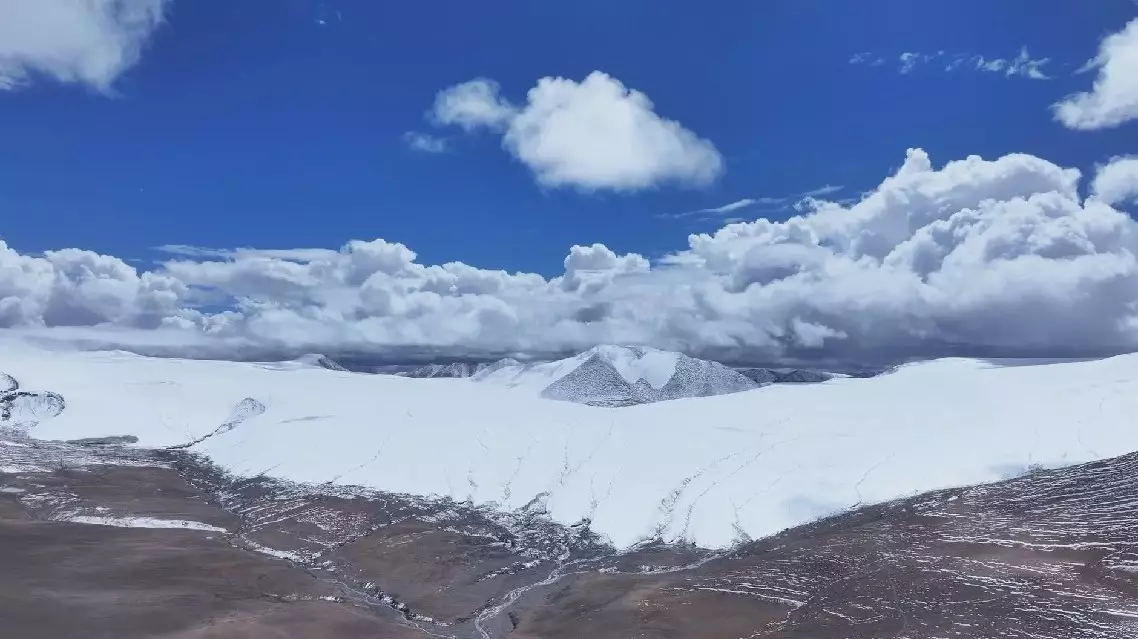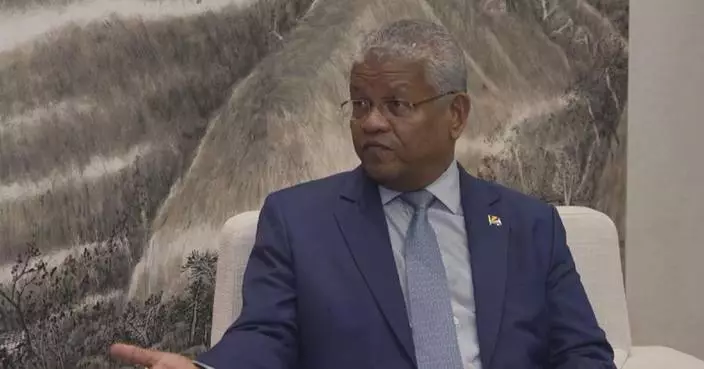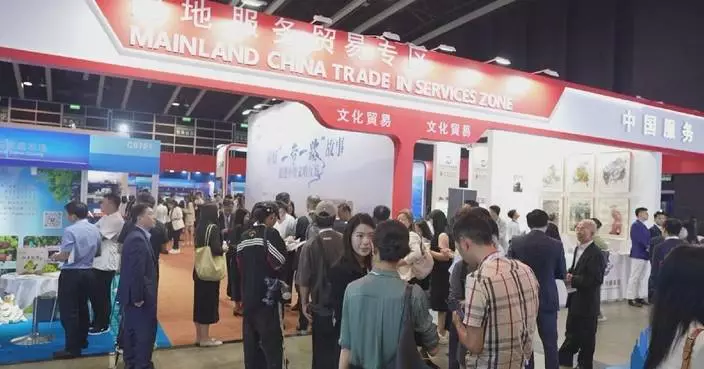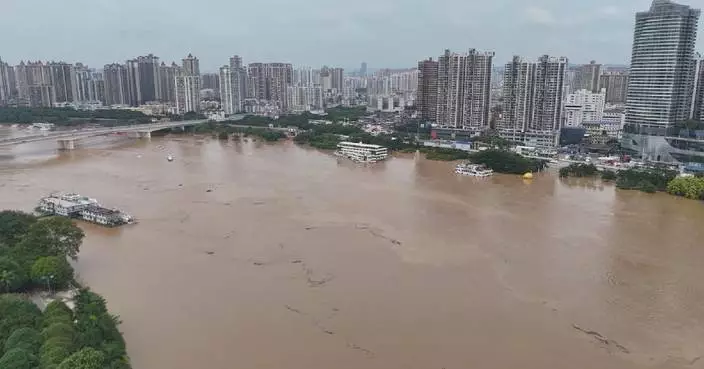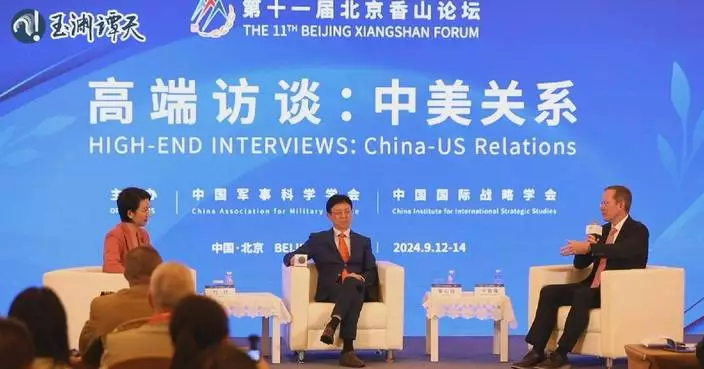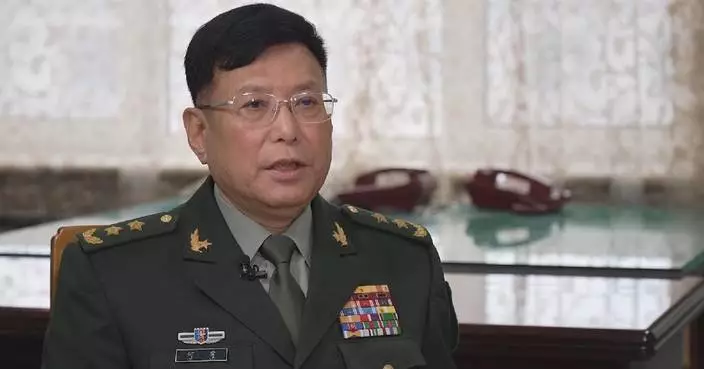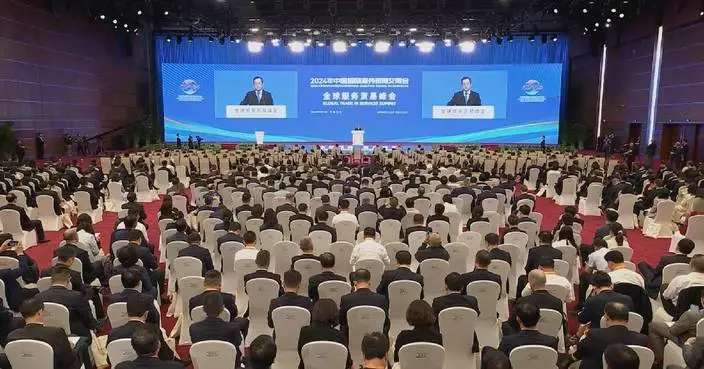Chinese President Xi Jinping and visiting Vietnamese President To Lam agreed this week to advance the building of a China-Vietnam community with a shared future that carries strategic significance, Foreign Ministry spokeswoman Mao Ning said at a press conference in Beijing on Wednesday.
"General Secretary of the Communist Party of Vietnam (CPV) Central Committee and State President To Lam was invited to pay a state visit to China from August 18 to 20. This was Comrade To Lam's first overseas visit after taking office as General Secretary. He was given a high-level reception in China. General Secretary and President Xi Jinping and General Secretary and State President To Lam had a good chat over tea. Premier Li Qiang of the State Council, Chairman Zhao Leji of the Standing Committee of the National People's Congress, and Chairman Wang Huning of the National Committee of the Chinese People's Political Consultative Conference also met with him," Mao said in response to a media inquiry.
"The top leaders of the two parties and two countries made strategic plans to deepen the China-Vietnam community with a shared future and provided political guidance for the growth of bilateral ties in the next stage. Both sides were of the view that the common ideals and beliefs are the 'red genes' passed down from generation to generation between the two parties, forming a traditional friendship between the two countries that is 'so profound because we are comrades and brothers.' As the two governing communist parties in today's world, the CPC and the CPV should uphold their original aspiration of friendship, continue their traditional friendship, keep in mind their common mission, uphold the leadership of the Communist Party and the socialist system, jointly promote the development of the cause of socialism in the world, and contribute to the peace and progress of humanity," Mao said.
Both sides agreed that during the critical period of development and revitalization in both countries, China and Vietnam should firmly follow the path jointly set by the elder generation of leaders of the two countries, in particular, General Secretary Xi Jinping and General Secretary Nguyen Phu Trong, solidify a development pattern of greater political mutual trust, more solid security cooperation, deeper mutually beneficial cooperation, stronger popular support, closer multilateral coordination and better handling of differences, to advance the building of a China-Viet Nam community with a shared future that carries strategic significance, said Mao.
Both sides agreed that it's important to maintain close strategic communication and high-level exchanges and step up institutional cooperation in strategic areas such as diplomacy, national defense and security; expand cooperation in the synergy between the Belt and Road Initiative and the "Two Corridors, One Economic Belt" initiative, accelerate the "physical connectivity" of railway, highway and port infrastructure, and enhance the "institutional connectivity" of smart customs to jointly build secure and stable industrial and supply chains. Taking the opportunity of celebrating the 75th anniversary of the establishment of China-Vietnam diplomatic relations next year, the two sides should hold a series of activities such as the China-Vietnam Year of People-to-People Exchanges to consolidate the popular support of the two countries, Mao told the reporters.
"Both sides agreed to uphold the Five Principles of Peaceful Coexistence and other basic norms governing international relations, promote an equal and orderly multipolar world and a universally beneficial and inclusive economic globalization, uphold international fairness and justice and the common interests of developing countries, work to build a community with a shared future for mankind, and contribute to world peace and development. Viet Nam reaffirmed that it firmly pursues the one-China policy, and recognized that there is but one China in the world, that Taiwan is an inalienable part of Chinese territory, and that the government of the People's Republic of China is the sole legal government representing the whole of China. It supports the peaceful development of cross-Strait ties and China's reunification, firmly opposes all forms of 'Taiwan independence' separatist activities and will not develop any forms of official ties with the Taiwan region," Mao said.
"Both sides issued a joint statement, which fully demonstrates the outcomes of the visit. Relevant departments and local governments of the two countries signed multiple bilateral cooperation documents on Party schools, connectivity, industry, finance, customs inspection and quarantine, health, news organizations and media, locality, and people's livelihood, which say a lot about the progress in building the China-Vietnam community with a shared future. Standing at a new starting point of historic importance, China is ready to work with Viet Nam to follow the guidance of the important common understandings between the top leaders of the two parties and two countries, focus on the six overall goals of 'greater political mutual trust, more solid security cooperation, deeper mutually beneficial cooperation, stronger popular support, closer multilateral coordination and better handling of differences', enhance political mutual trust, strengthen mutually beneficial cooperation, deepen people-to-people and cultural exchanges, deepen and solidify the building of the China-Viet Nam community with a shared future, promote each other's socialist modernization and contribute to world peace and development," she said.

China, Vietnam agree to advance building of community with shared future: spokeswoman



